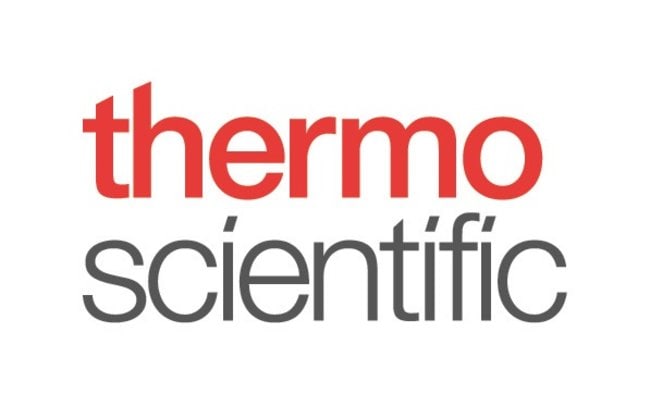Search Thermo Fisher Scientific
Thermo Scientific Chemicals
Pepsin, porcine stomach
Catalog number: J61679.03
1 g, Each

Thermo Scientific Chemicals
Pepsin, porcine stomach
Catalog number: J61679.03
1 g, Each
Quantity
Have Questions?
Chemical Identifiers
CAS
9001-75-6
Specifications
Appearance (Color)
White to cream to yellow
Assay from Suppliers CofA
Protease Activity: ≥ 3000 NF units/mg
Residue on ignition
≤5.0 %
Loss on Drying
≤5.0%
Form
Powder
Description
Pepsin is commonly used in the preparation of Fab fragments from antibodies. Pepsin, from porcine gastric mucosa, has been used to hydrolyze dry cervical samples in mice. has been used in the digestion of crude wheat gliadin. It has been used along with other enzymes to demonstrate the effects of fixation and enzymatic digestion in immunohistochemical assays, using paraffin embedded tissue. It has been used for digestion (before using immunoperoxidase techniques) to reduce non-specific background staining in sections of bronchial tissues. The enzyme has also been used in the preparation of F(ab)2 fragment from IgG.
This Thermo Scientific Chemicals brand product was originally part of the Alfa Aesar product portfolio. Some documentation and label information may refer to the legacy brand. The original Alfa Aesar product / item code or SKU reference has not changed as a part of the brand transition to Thermo Scientific Chemicals.
General Description
- Pepsin hydrolyzes peptide bonds, but does not have the ability to hydrolyze amide or ester linkages. This compound cleaves peptides with an aromatic acid on either side of the peptide bond
Application
- Pepsin from the porcine stomach is used to form Fab fragments from antibodies and prepare F(ab)2 fragments from IgG
- It is applied to hydrolyze dry cervical samples in mice
- In biochemical studies, it has been used to demonstrate the effects of fixation and enzymatic digestion in immunohistochemical assays using paraffin-embedded tissue
- It is also used for digestion (before using immunoperoxidase techniques) to reduce non-specific background staining in sections of bronchial tissues
- This compound catalyzes the hydrolysis of aminoacyl-proline to proline
RUO – Research Use Only
Figures
Documents & Downloads
Certificates
Search by lot number or partial lot number
Frequently asked questions (FAQs)
Citations & References
Search citations by name, author, journal title or abstract text